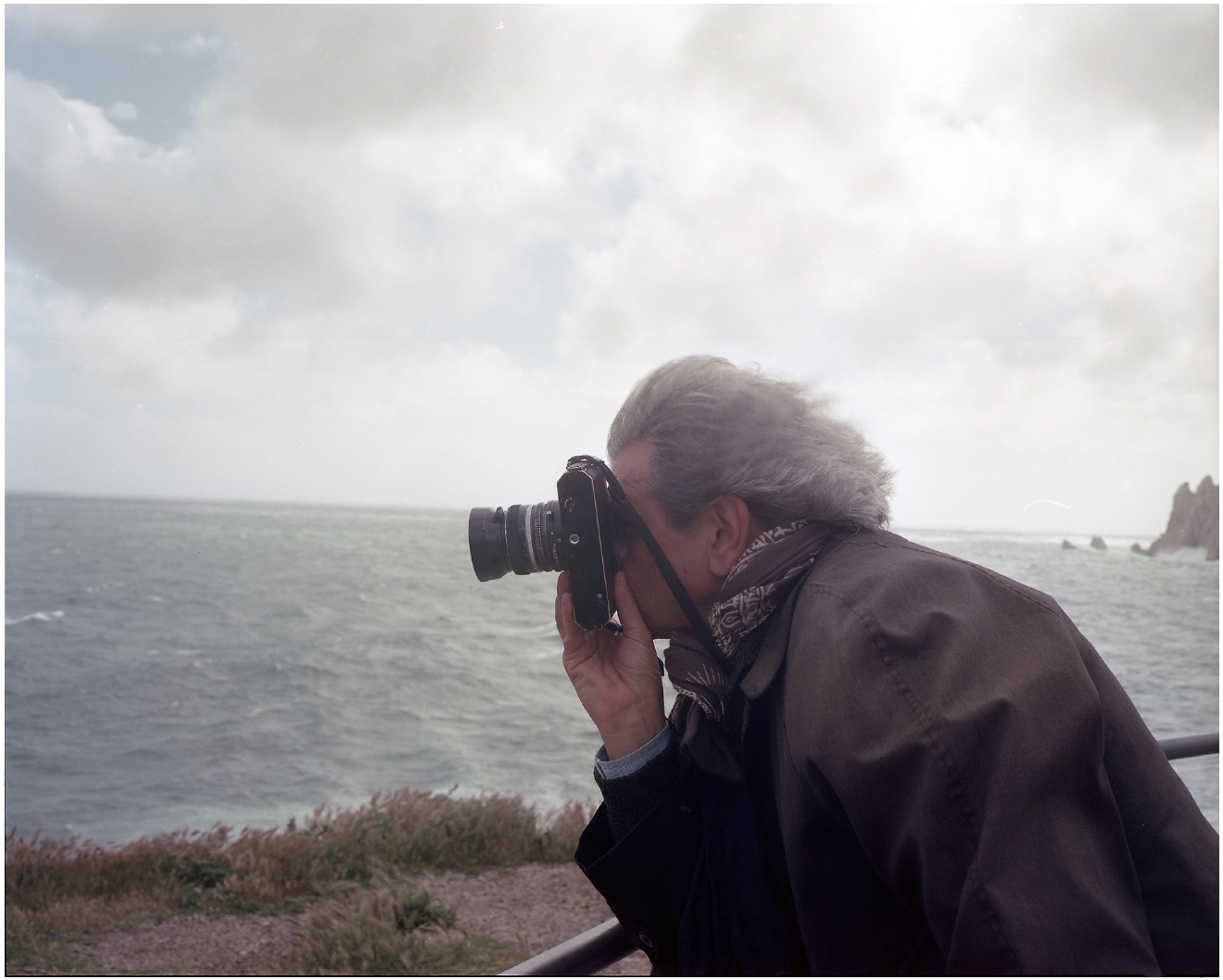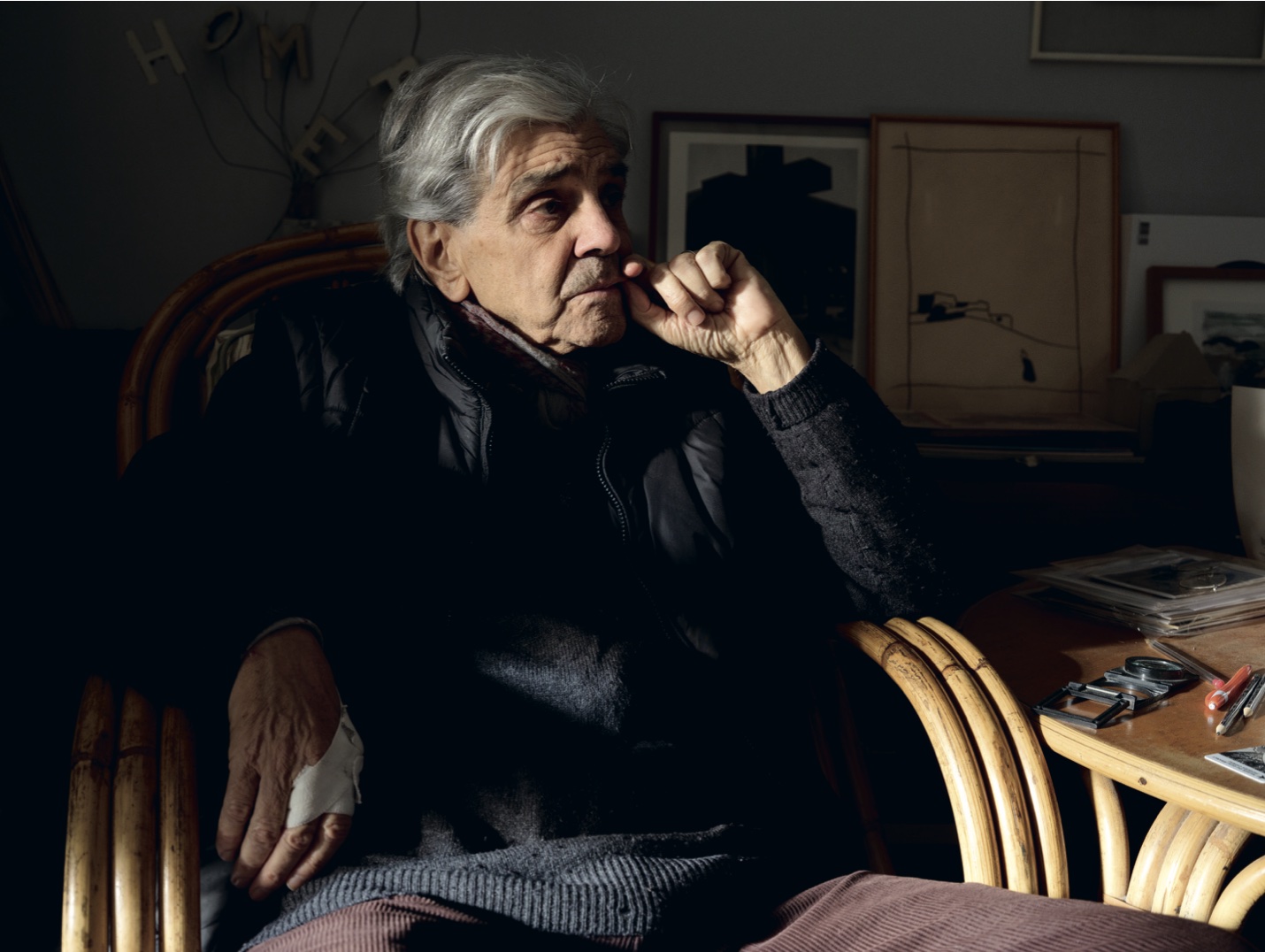It’s Friday, 13th of January 2023, and we are lucky. The sky is blue and Bernard Plossu awaits us on the platform of La Ciotat train station, right where in 1896 the Lumiere brothers placed their camera to shoot ‘The arrival of a train at la Ciotat’, one of the first films ever made.
In the following days, in his house, we talk about lenses, photo books, travelling the American West, the south of Europe, the desert and why dance is the closest to photography.
Then, we take a boat to Corsica.









Share article